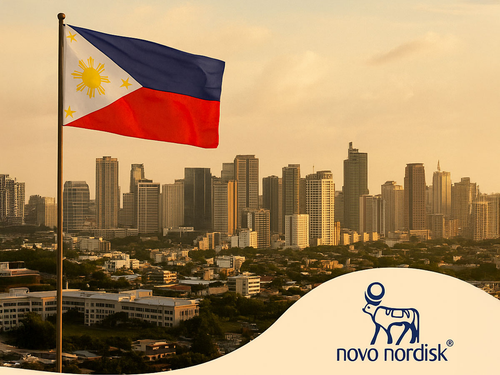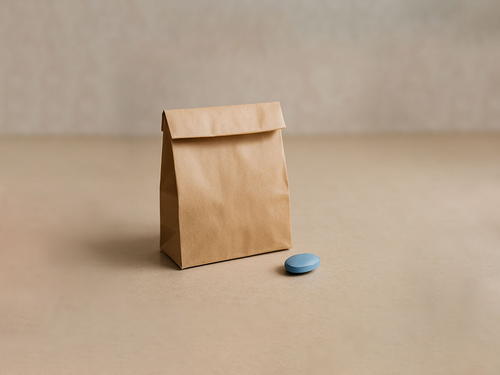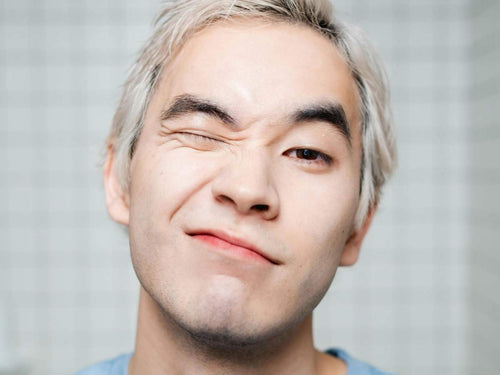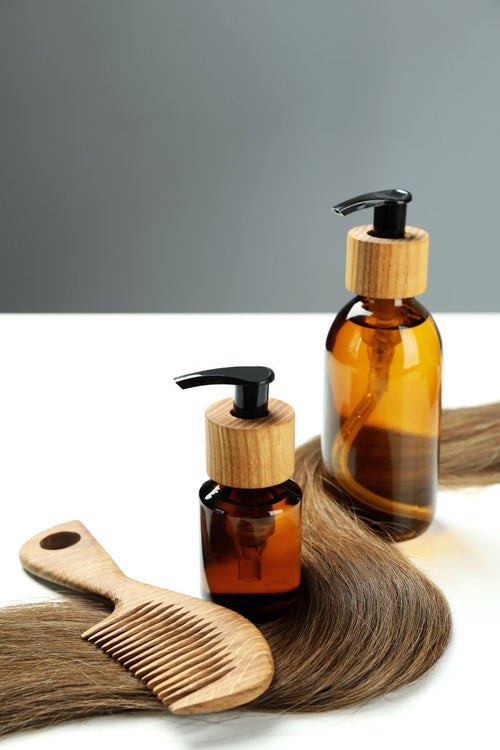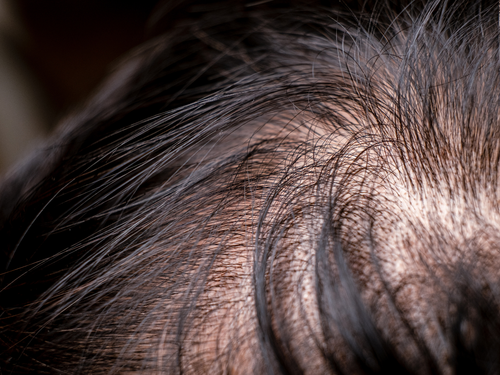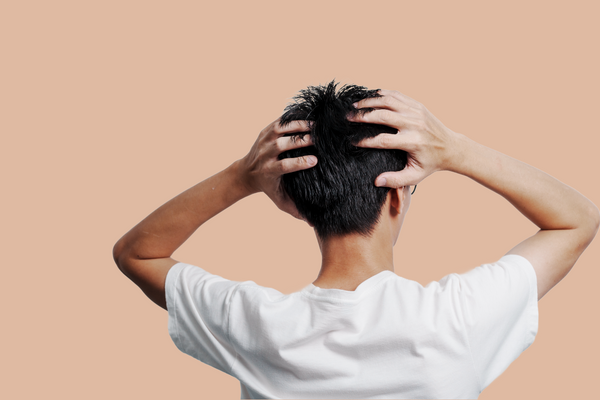How Long Does Hair Regrowth Take? What Filipino Men Should Expect
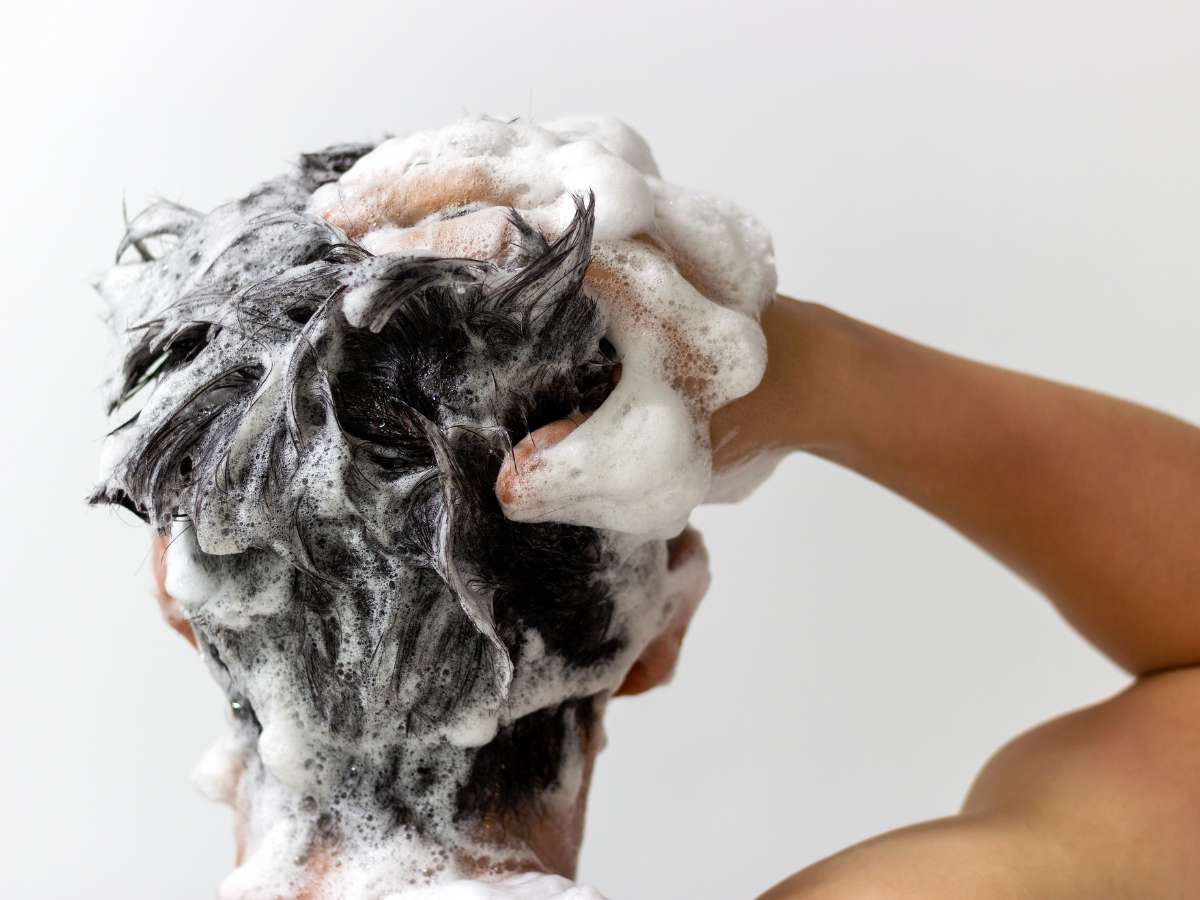
If you’ve noticed your hair thinning or receding, you’re not alone. Hair loss is extremely common among Filipino men, especially as they hit their 30s and 40s. Whether it’s a receding hairline, thinning at the crown, or even full bald patches, losing hair can be frustrating and affect confidence.
The big question is: How long does it take to regrow hair? The answer depends on a few key factors, like what’s causing the hair loss, the treatments being used, and how your body responds to regrowth efforts.
Before we dive into timelines, let’s break down how hair growth actually works and what you can expect when trying to get your hair back.
How Hair Growth Works (And Why It Slows Down)
Your hair doesn’t grow in a straight line—it goes through cycles. Understanding these phases is important because it helps explain why regrowing hair takes patience and consistency.
-
Anagen Phase (Growth Phase) – This is when your hair is actively growing. It lasts 2-7 years, depending on genetics. About 85% of the hair on your head is in this phase at any time.
-
Catagen Phase (Transition Phase) – The hair follicle shrinks and detaches from the blood supply. This phase lasts a few weeks.
-
Telogen Phase (Resting Phase) – The hair follicle is inactive for about 3 months before shedding and making room for new growth.
-
Exogen Phase (Shedding Phase) – Old hair falls out, and new hair starts growing from the same follicle.
If your hair is thinning or balding, it means more follicles are stuck in the resting phase instead of cycling back into growth. The goal of most hair regrowth treatments is to reactivate dormant follicles and extend the growth phase.
Factors That Affect Hair Regrowth Time
Not all hair regrows at the same speed. Some men see results in a few months, while others may need up to a year. Here’s what influences the process:
1. The Cause of Your Hair Loss
-
Male Pattern Baldness (Androgenetic Alopecia) – The most common cause, linked to genetics and hormones.
-
Stress-Induced Hair Loss (Telogen Effluvium) – Often triggered by illness, extreme stress, or sudden weight loss. Hair usually regrows within 3-6 months.
-
Alopecia Areata – An autoimmune condition where the body attacks hair follicles. Regrowth is unpredictable.
2. The Treatment You Use
Some treatments work faster than others. Minoxidil and Finasteride are two of the most popular options, but they take consistent use over several months before showing results.
3. Your Overall Health and Lifestyle
-
Good nutrition = faster regrowth. Hair needs biotin, iron, zinc, and protein to grow.
-
Exercise boosts circulation, helping deliver nutrients to hair follicles.
-
Stress slows down regrowth. High cortisol levels can trigger more shedding.
How Long Before You See Results?
Hair regrowth takes patience, but here’s a general timeline of what to expect when using hair loss treatments:
- Month 1-2 – You might notice more shedding at first (this is normal). The hair cycle is resetting, so weaker hairs fall out to make way for stronger regrowth.
- Month 3-4 – Early regrowth starts. Hair may look thin and wispy, but follicles are becoming more active.
- Month 6-9 – Noticeable improvement. Hair looks thicker, fuller, and stronger.
- 1 Year+ – Maximum results. If the treatment is working, hair continues to get thicker over time.
If you’re dealing with hair loss, don’t expect overnight results—but with the right approach, regrowth is definitely possible. The key is to stay consistent with treatments and take care of your scalp and overall health.
Best Treatments for Hair Regrowth
If you’re losing hair, you’ve probably come across tons of treatments claiming to restore your hairline from shampoos to herbal oils. But which ones actually work? The truth is, only a handful of treatments are clinically proven to help with hair regrowth.
Let’s go through the best science-backed treatments for Filipino men, so you know where to start. Some medications have been studied for male pattern hair loss. Consult a licensed healthcare provider for guidance before starting any treatment
Minoxidil and Finasteride two are the gold standard for treating male pattern baldness. They work best when used together, as they target hair loss from different angles.
Minoxidil (Rogaine) – Boosts Blood Flow to Hair Follicles
Available as a topical solution or foam. Stimulates hair follicles by increasing blood circulation to the scalp. Works best for early-stage hair loss and thinning crowns. Minoxidil is an over-the-counter product used for certain types of hair thinning. Effects vary, and proper use should follow product directions or a doctor’s advice.
How long does it take to work?
-
You may notice shedding in the first few weeks (this is normal!).
-
New growth starts at 3-4 months, with visible improvement by 6 months.
-
For best results, you must use it consistently.
Finasteride (Propecia) – Blocks Hair Loss Hormones
A once-daily oral tablet that reduces DHT (the hormone that causes hair loss). Helps slow down hair loss and even regrow hair in some men. Best for receding hairlines and overall thinning. Finasteride is a prescription-only medicine that may be prescribed by a doctor for some kinds of hair loss. It should only be taken under professional supervision.
How long does it take to work?
-
3 months: Hair loss slows down significantly.
-
6-12 months: Hair starts getting thicker.
2. Hair Growth Shampoos & Supplements
If you’re looking for an easy way to support regrowth, hair growth shampoos and supplements can help, but they work best when combined with Minoxidil and Finasteride.
DHT-Blocking Shampoos
-
Contain ketoconazole or saw palmetto, ingredients that may help block DHT.
-
Help reduce scalp inflammation and support healthy hair growth.
-
Not a cure for baldness but can complement other treatments.
- Some shampoos include ingredients studied for scalp health. These may help maintain a clean environment for healthy hair growth.
Biotin & Hair Growth Supplements
-
Biotin, zinc, and iron are essential for healthy hair.
-
Deficiencies in these nutrients can cause hair thinning.
-
Supplements won’t regrow lost hair but can help keep existing hair strong.
3. Hair Transplants: A Permanent Solution
Hair transplants can provide long-lasting results when performed by qualified specialists, but outcomes vary.
How It Works:
-
Healthy hair follicles (usually from the back of the head) are moved to thinning or bald areas.
-
The new hair continues to grow naturally, just like the rest of your hair.
Recovery & Results:
-
Healing takes a few weeks.
-
Full results appear within 6-12 months.
-
Best for men with stable hair loss who want a long-term fix.
Cost in the Philippines? Prices vary, but expect to pay between ₱80,000 - ₱250,000, depending on the clinic and number of grafts.
4. Natural Remedies: Do They Work?
Many Filipino men look for natural solutions to hair loss, but do they actually help? Here’s the truth:
Scalp Massage – Increases blood flow, which may help hair follicles stay active.
Essential Oils (Rosemary, Peppermint, Castor Oil) – Some research suggests they can improve scalp health.
Onion Juice, Aloe Vera, and Coconut Oil – While good for scalp moisture, they won’t regrow hair lost due to DHT.
Which Hair Regrowth Treatment Is Right for You?
Best for Early Hair Loss: Minoxidil + DHT-blocking shampoo.
Best for Receding Hairline & Thinning Crown: Finasteride + Minoxidil.
Best for Severe Balding: Hair transplant for a permanent fix.
Best for Natural Support: Biotin supplements + scalp massage.
The sooner you start treatment, the better your results will be. Hair regrowth isn’t instant, but sticking to a routine and using science-backed treatments can make a real difference.
Depending on severity, doctors may recommend different approaches such as topical treatments, nutritional support, or clinical procedures.
Maintaining Hair Growth & Preventing Future Hair Loss
So you’ve started treatment, and your hair is finally making a comeback. Now what? Hair regrowth isn’t just about getting results—it’s about keeping them.
If you stop treatments or fall back into bad habits, hair loss can start again. That’s why maintenance is just as important as regrowth. Let’s go over the best ways to keep your hair strong, healthy, and growing for years to come.
1. Stick to Your Treatment Plan
One of the biggest mistakes guys make? Stopping treatment too soon. Most hair regrowth treatments only work as long as you keep using them. Here’s what you need to know:
2. Improve Your Hair Care Routine
How you treat your hair matters. Even if you’re using regrowth treatments, bad hair habits can slow progress. Here’s how to take care of your hair properly:
Use a gentle, sulfate-free shampoo – Harsh shampoos can dry out your scalp. Look for DHT-blocking formulas with saw palmetto or ketoconazole. Don’t overwash your hair – Washing every other day is enough to keep hair clean without stripping natural oils. Avoid heat damage – Limit blow-drying and styling with hot tools. Excess heat can weaken hair strands and cause breakage. Massage your scalp daily – This improves blood flow to hair follicles, supporting stronger regrowth.
3. Eat for Stronger Hair
Your diet directly affects hair growth. The right nutrients help strengthen hair follicles, prevent thinning, and boost regrowth. Here’s what to eat:
Protein-Rich Foods – Hair is made of keratin, a protein. Make sure you’re getting lean meats, eggs, fish, and beans.
Healthy Fats – Omega-3s (from salmon, nuts, and avocado) reduce inflammation and improve scalp health.
Vitamins & Minerals – Biotin, zinc, iron, and vitamin D all play a role in keeping hair thick and strong.
If you’re not getting enough nutrients from food, consider a hair-specific supplement to support growth.
4. Manage Stress to Prevent Hair Shedding
Ever notice more hair falling out during stressful periods? That’s because high cortisol levels can trigger hair shedding (telogen effluvium). To keep your hair healthy, try:
Meditation & mindfulness – Helps lower stress hormones.
Regular exercise – Boosts circulation and keeps hair follicles active.
Better sleep – Your body repairs and grows hair while you sleep. Aim for 7-9 hours a night.
5. Consider Low-Level Laser Therapy (LLLT) for Maintenance
LLLT is a non-invasive hair growth treatment that uses laser light to stimulate hair follicles. It’s great for maintaining results alongside Minoxidil or Finasteride.
-
Can be done at home with laser caps or combs.
-
Helps thicken existing hair and prevent future thinning.
-
Takes about 3-6 months to see improvements.
Hair Growth is a Long-Term Game
Regrowing your hair is just half the battle—keeping it healthy and full requires ongoing care. The key is to stay consistent with treatments, nourish your scalp, and adopt a hair-friendly lifestyle.
What’s Next? Looking for long-term hair health solutions? andyou.ph has expert-backed products designed for Filipino men

Explore More Guides and Articles You'll Love
Explore our latest guides and articles to help you learn more about the latest trends in the industry.

Stress, Sweat, and the Sun: The Real Reasons Filipino Men Lose Hair Early
Filipino men often notice hairlines changing earlier than expected.

Can Stress Alone Make You Bald? The Science Behind Filipino Hair Loss
Many Filipinos are familiar with how stress can take a physical toll, from restless nights to sudden hair shedding.

Does Biotin Really Help Hair Grow Back? Filipino Review
Hair loss is a concern shared by many Filipinos, from students in Quezon City dealing with academic stress to call center agents managing erratic sleep schedules.

